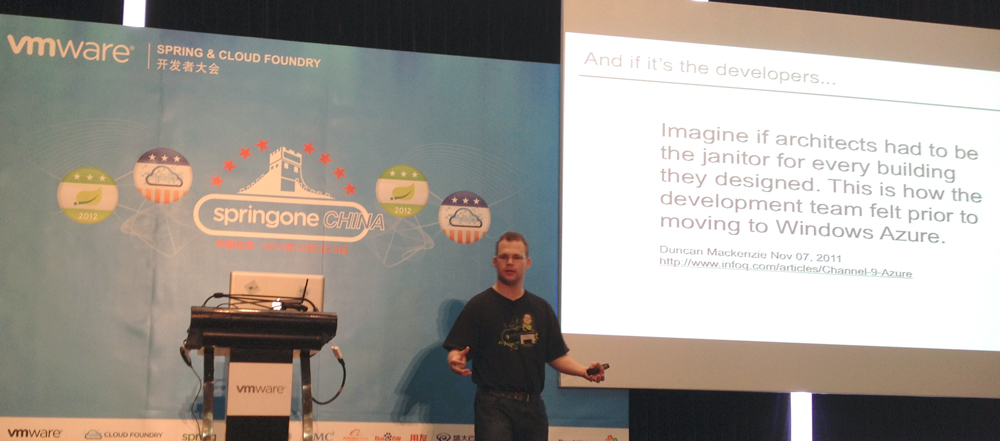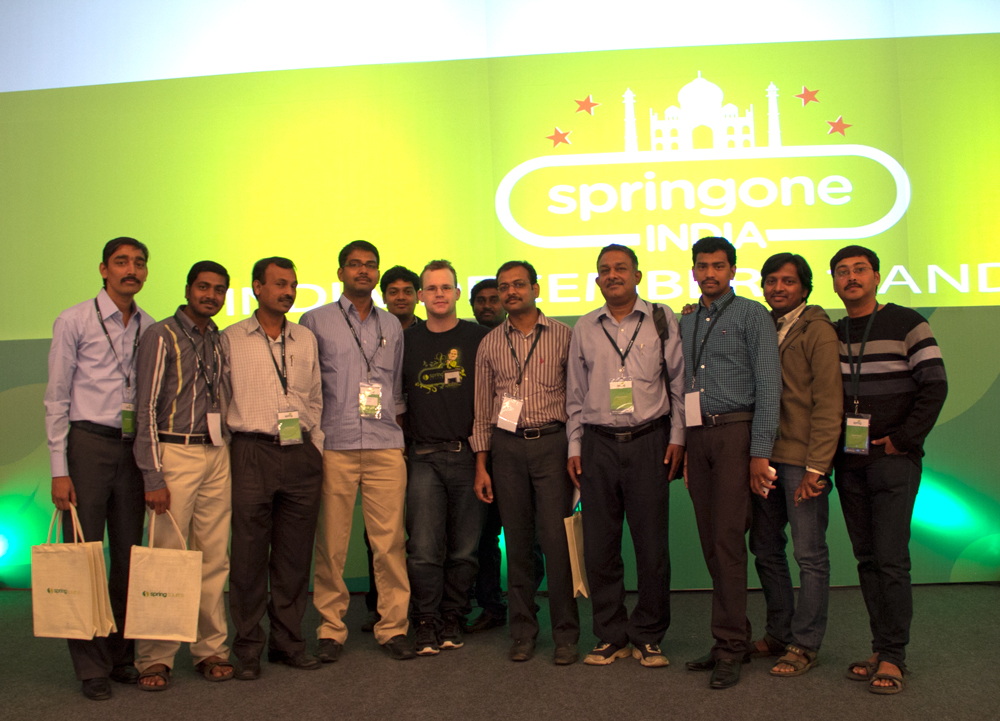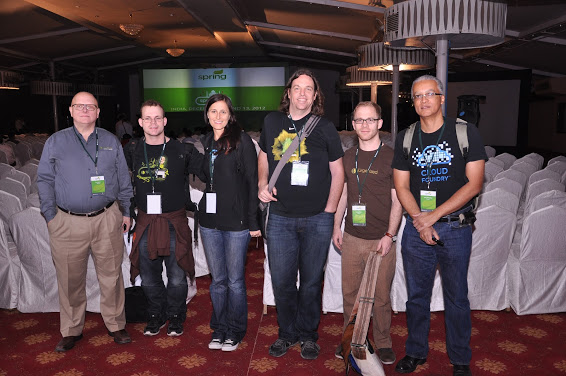Spring Framework 3.2 goes GA
Dear Spring community,
Exactly one year after the Spring Framework 3.1 release, I'm pleased to announce that Spring Framework 3.2 is generally available now!
We recommend an upgrade from all previous Spring releases, in particular from Spring Framework 3.1.x which this is a direct successor for.
As previously discussed, key features in Spring Framework 3.2 include:
- Refined Java SE 7 support within the framework as well as through upgrades to CGLIB 3.0, ASM 4.0 (both of which we're inlining now) and AspectJ 1.7
- Concurrency refinements across the framework, avoiding the use of synchronization wherever possible - in particular for scoped/prototype beans
- Allowing for @Autowired and @Value to be used as meta-annotations, e.g. to build custom injection annotations in combination with specific qualifiers
- Support for custom @Bean definition annotations in @Configuration classes, e.g. in combination with specific qualifiers, @Lazy, @Primary, etc
- Asynchronous MVC processing on Servlet 3.0…
 An attendee took a shot of me as I was giving a talk on Spring on Cloud Foundry
An attendee took a shot of me as I was giving a talk on Spring on Cloud Foundry  Dr. Mark Pollack, myself, Gary Russell and Chris Richardson
at a restaurant in Beijing
Dr. Mark Pollack, myself, Gary Russell and Chris Richardson
at a restaurant in Beijing  I gave a talk in Bangalore and people deluged the stage with questions and greetings. I asked the last wave of people to take a photo with me.
I gave a talk in Bangalore and people deluged the stage with questions and greetings. I asked the last wave of people to take a photo with me.  LtoR: Gary Russel, Josh Long, Jennifer Hickey, Jeremy Grelle, Oliver Gierke, Chris Richardson -- the whole SpringOne India lineup
LtoR: Gary Russel, Josh Long, Jennifer Hickey, Jeremy Grelle, Oliver Gierke, Chris Richardson -- the whole SpringOne India lineup